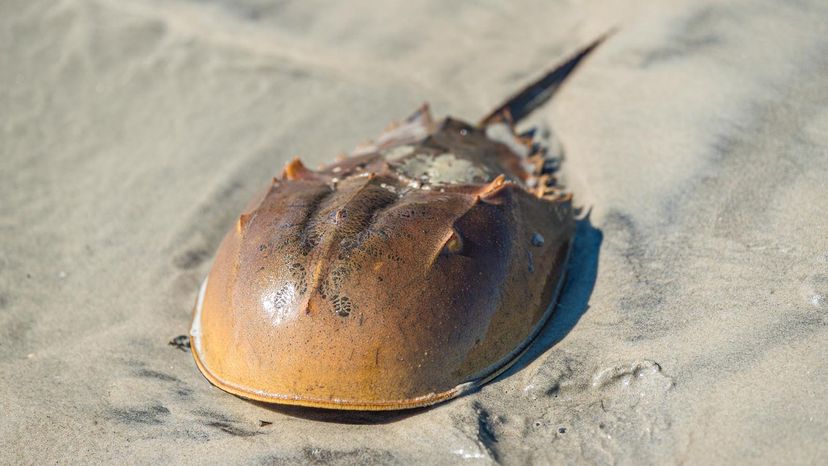When researching animals that start with "X," you'll likely find several animal names that include Xantus in South and Central America. Many species are not closely related except for the fact they were discovered by the same person, a Hungarian zoologist named John Xantus de Vessey.
John Xantus was an exiled Hungarian diplomat who joined the United States Army as an assistant surgeon under the 19th-century Surgeon General and founder of the Army Medical Museum William Alexander Hammond.
Xantus exaggerated his experience as a medical professional to earn this position and was often ridiculed as a habitual liar by his colleagues.
However, under Hammond's tutelage, Xantus developed a love for natural history. Once transferred to California and Mexico, Xantus left his diplomatic station and failed medical practice to focus on his naturalist research. This resulted in several species bearing his name and acting as his legacy today.
